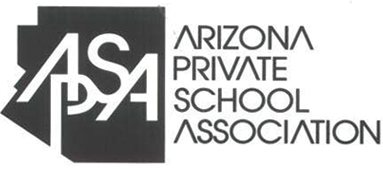After you earn your commercial driver’s license (CDL), there is a wide range of potential careers that you can choose to pursue. You’ll likely start out driving a standard semi-truck, but as you gain experience, you can consider more specialized types of trucking. One example is wide load trucking, also known as oversize trucking. Truckers are in high demand within this niche and it can be a rewarding career path, but there are also some unique safety considerations to keep in mind.
What is Wide Load Trucking?
Each state sets limits for the length, width, height, and weight of freight shipped by semi-truck. There are also nationwide regulations to be aware of. If a load is over the limit in any state it travels through or based on federal requirements, it is considered an oversize or wide load.
As a general rule, anything over 13.6 feet tall, 8.6 feet wide, 53 feet long, and/or 80,000 pounds will fall under this category.
Regulations for Oversize Hauls
The additional regulations for oversize loads vary depending on the state and on the specific dimensions of the freight. Oversize hauls will typically require additional permits to transport, and you will need to have these available in your truck if you are stopped for an inspection or pass through a weigh station.
Most wide loads will need to be clearly labeled.
In some states, if the load is large enough, it may require a pilot/guide vehicle. This is a truck or car that travels behind and/or in front of a tractor-trailer with an oversize load. In some cases, multiple pilot vehicles are required. Guide cars alert others on the road that a wide load truck is nearby. The drivers of these vehicles often are in contact with the semi-truck driver as well and inform them of any approaching road hazards.
Do You Need an Endorsement for Wide Load Trucking?
Not every oversize haul will require a CDL endorsement. However, any freight that is being transported with a double or triple trailer will require the long combination vehicle (LCV) endorsement. Even if this isn’t necessary for every haul or if you don’t think you’d be interested in this type of driving, having a doubles/triples endorsement on your license can open up more opportunities for your trucking career.
Safety Considerations for Heavy-Haul Truckers
Driving any semi-truck comes with a great deal of responsibility due to the large size of these vehicles. You’ll need to think not only about your own safety but also that of everyone else on the road. When the truck involved is oversized, there are even more factors to consider to make sure you are operating it safely. For example, the freight may block visibility, and the stopping distance for an overweight load increases even further compared to a standard tractor-trailer.
Because of these considerations, wide load trucking is generally not a good fit for new CDL drivers. You’ll likely need to have several years of safe driving experience with other types of freight before transitioning into oversize hauls, if this is what you wish to do.
Start on the Road to a Trucking Career
Whether you’re interested in specialized freight or a more standard dry van job, the first step is to earn your CDL. At HDS Truck Driving Institute (HDS truck driving school), we can help you do this in as little as four weeks and teach you valuable skills so you can start your career with a strong foundation of knowledge.










